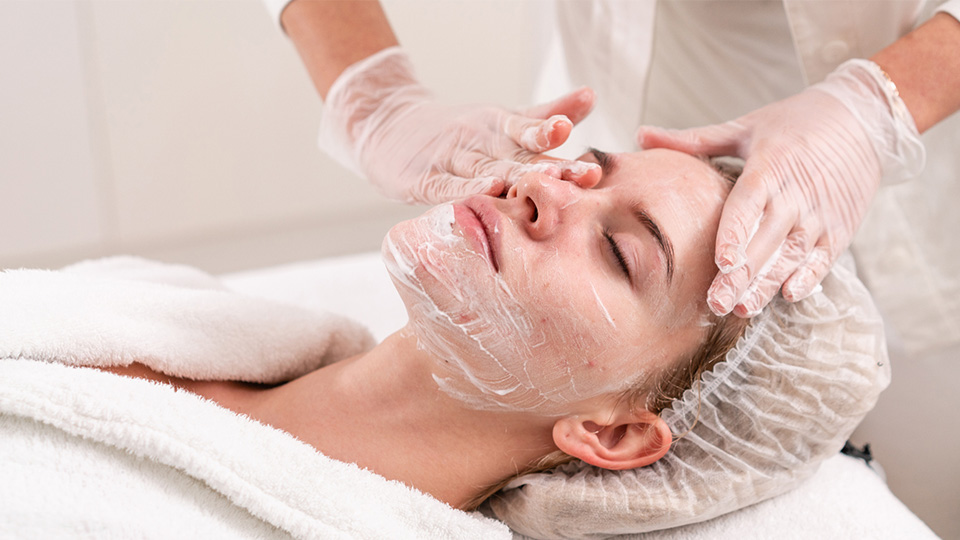Keloid Treatment Guidelines: Best Practices for Effective Scar Management
Introduction:
Keloids are abnormal scars that form due to an overgrowth of collagen during the healing process. These scars extend beyond the boundaries of the original wound and can cause physical discomfort as well as psychological distress. Treating keloids requires a comprehensive approach that combines various treatment modalities. In this article, we will discuss the best practices for effective keloid scar management based on current guidelines and advancements in medical science.
1. Early Intervention:
One of the key principles in keloid management is early intervention. Treating keloids at their early stages can yield better outcomes. It is crucial to start treatment as soon as possible after keloid formation or even consider preventive measures in individuals prone to keloid formation, such as those with a family history or a personal history of keloid treatment in abu dhabi.
2. Combination Therapy:
Keloid treatment often involves a combination of different modalities to achieve optimal results. This may include surgical excision, corticosteroid injections, cryotherapy, pressure therapy, silicone gel sheets, laser therapy, and radiation therapy. The choice of treatment depends on the size, location, and severity of the keloid, as well as the patient's individual characteristics and preferences.
3. Surgical Excision:
Surgical excision is a commonly employed technique for removing keloids. However, it is important to note that keloids have a high tendency to recur after surgery alone. To minimize recurrence rates, adjuvant therapies are often used in conjunction with surgery, such as corticosteroid injections or radiation therapy.
4. Corticosteroid Injections:
Corticosteroid injections are considered a first-line treatment for keloids. Triamcinolone acetonide is commonly used due to its anti-inflammatory properties. The injections are administered directly into the keloid, often in multiple sessions spaced several weeks apart. Corticosteroids help reduce inflammation and collagen production, resulting in flattening and softening of the keloid.
5. Pressure Therapy:
Pressure therapy involves applying constant pressure to the keloid using specialized devices or dressings. This technique helps flatten the keloid and can be used as a stand-alone treatment or in combination with other modalities. Pressure therapy is most effective when applied consistently for an extended period, often several months.
6. Silicone Gel Sheets:
Silicone gel sheets have shown promising results in managing keloids. These sheets create a moist environment that helps regulate collagen production, reduce itching, and flatten the scar. Patients should apply the sheets regularly as directed by their healthcare provider. Silicone gel sheets are well-tolerated and can be used on various body parts.
7. Laser Therapy:
Laser therapy, such as pulsed dye laser or fractional laser, can be used to treat keloids by targeting blood vessels or inducing controlled damage to the scar tissue. Laser treatments can help reduce redness, flatten the keloid, and improve the overall appearance. Multiple sessions may be required for optimal results.
8. Radiation Therapy:
Radiation therapy is typically reserved for severe and recurrent keloids. It involves the controlled use of radiation to prevent keloid recurrence after surgical excision. Radiation therapy is usually administered in low doses over several sessions. Careful consideration of potential risks and benefits is necessary before opting for this treatment option.
Conclusion:
Effectively managing keloids requires a comprehensive approach that combines different treatment modalities tailored to each patient's specific needs. Early intervention, a combination of therapies, and patient compliance are key factors in achieving successful outcomes. By following the best practices outlined in this article, healthcare providers can provide optimal keloid scar management and help patients regain confidence and improve their quality of life.



Comments
Post a Comment